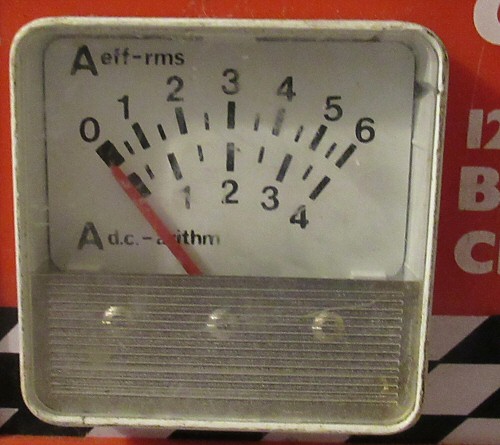I had a go with the Live Centre. it worked well, better than I thought.
Got my hands on a traditional battery charger and think it was giving about 2 amps
Left it switched on for about 3 hours when I was out on the bike. The whole thing got fairly hot 40+ degrees. started to melt some of the plastic container!. And I got a hell of a fright when I disconnected it, quite a loud bang, (not as loud as a gun but that sort of sharp bang) I thing a spark when I removed the positive terminal must have ignited the hydrogen ?
thanks
@JohnD for the idea
here is a before and after
the bearing is still to be pressed back in, obviously I didnt cook this bit
the bearing is an interesting configuration, two deep groove Ball Bearings with a thrust bearing between them, can't get the thrust bearing to turn, may be it just comes into action when under load? the outmost bearing is a little rough, don't fancy taking it to bits so might just leave it.
the outer bearings would have to rotate on the shaft for the thrust to work, but the outer bearings seem to be an interference fit on the shaft so would never turn - any ideas?





